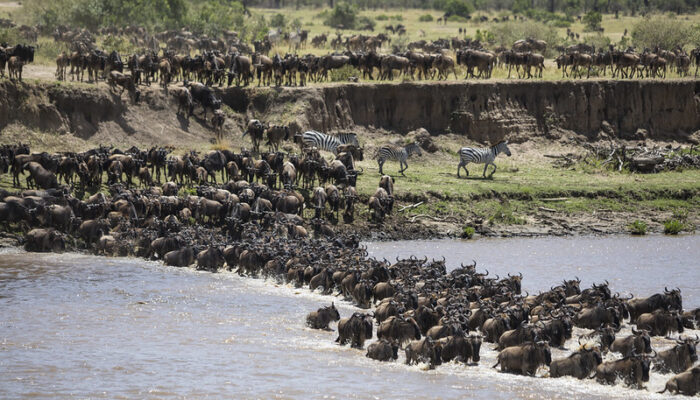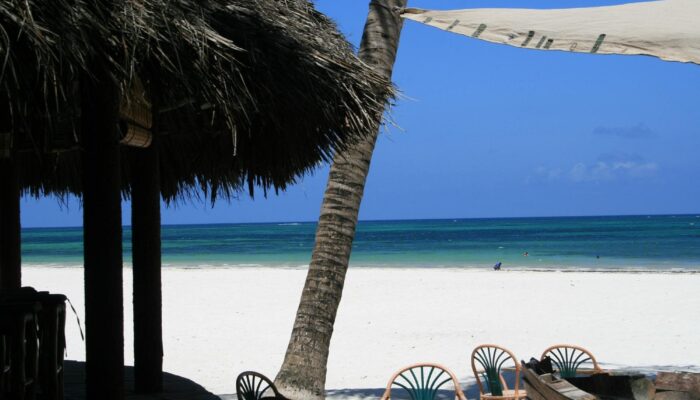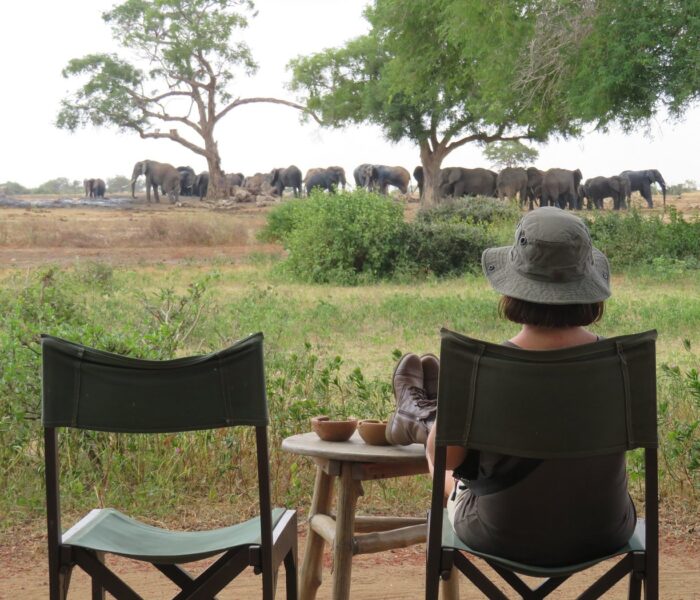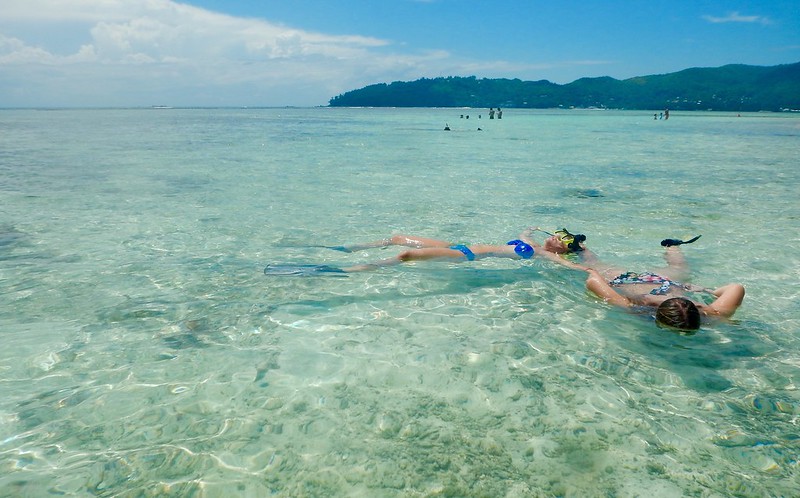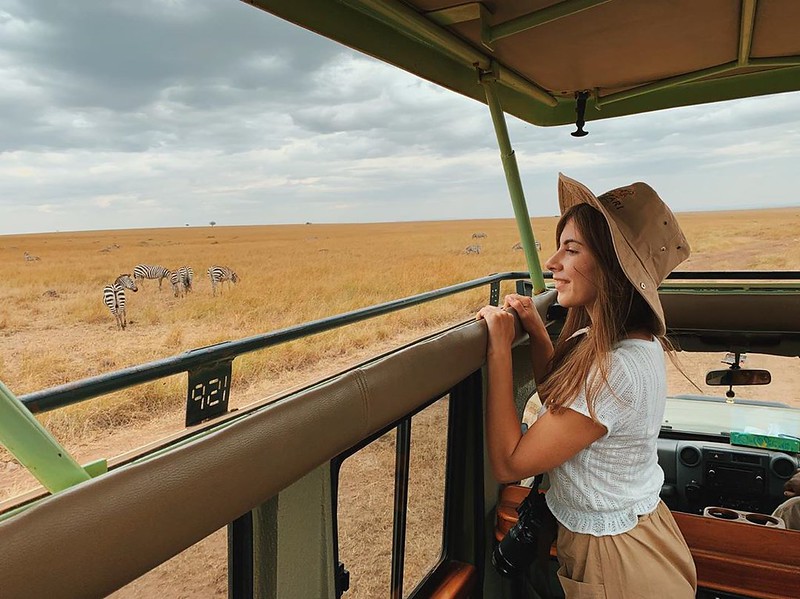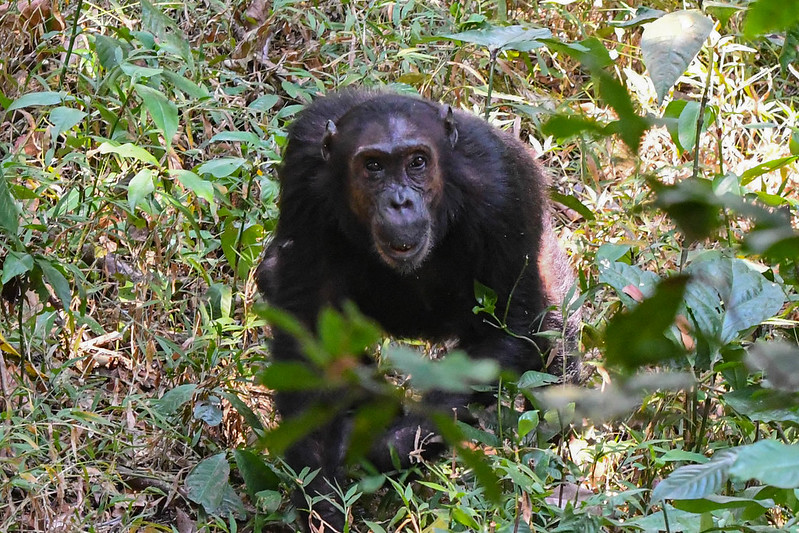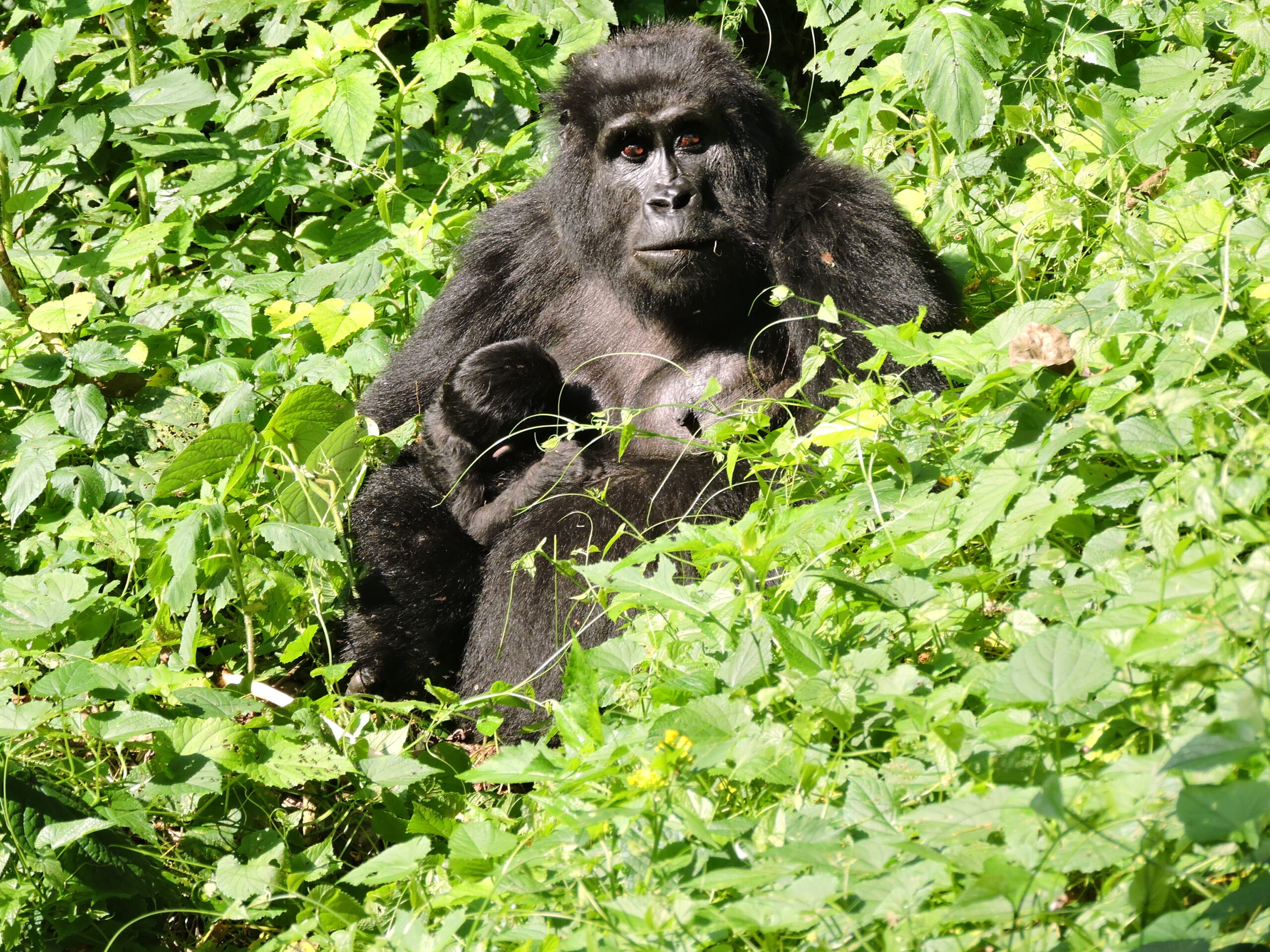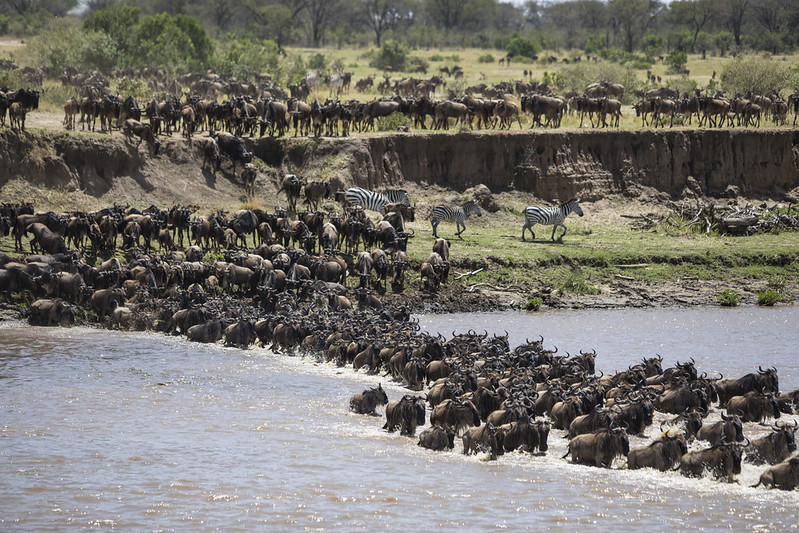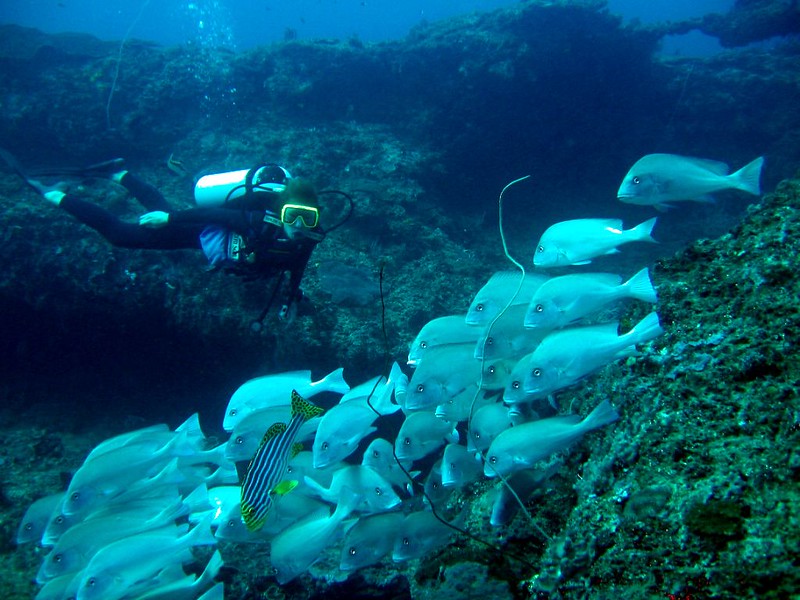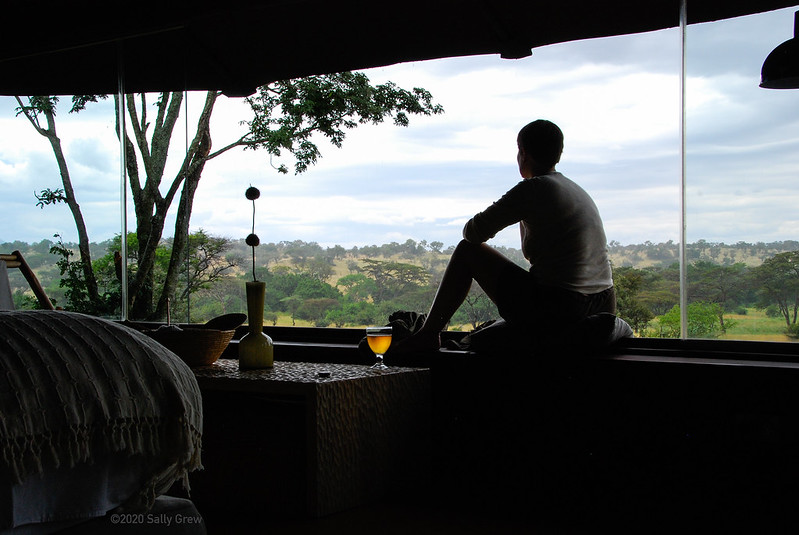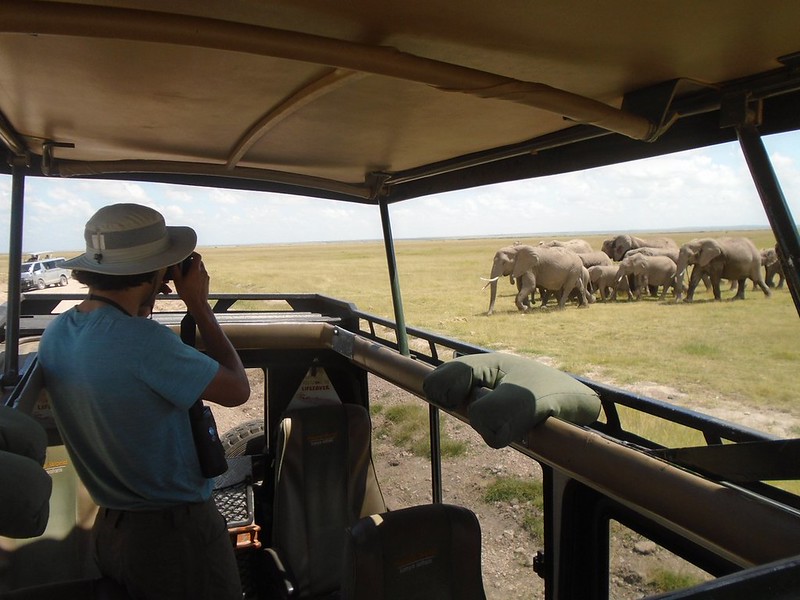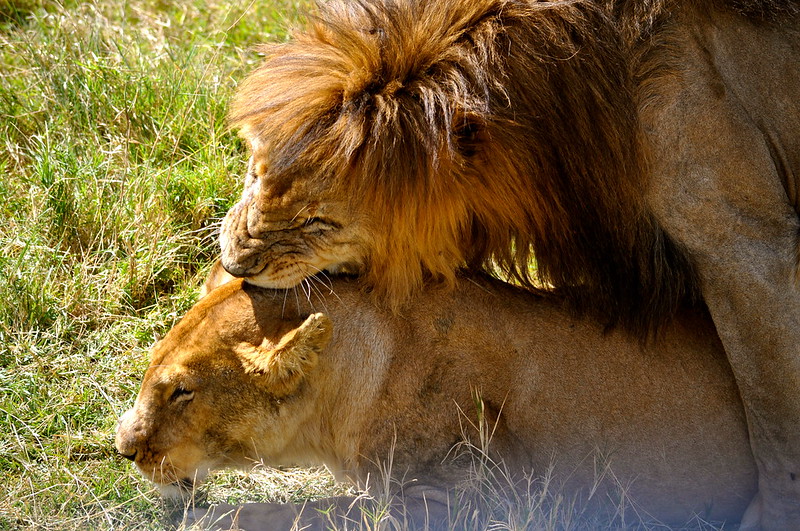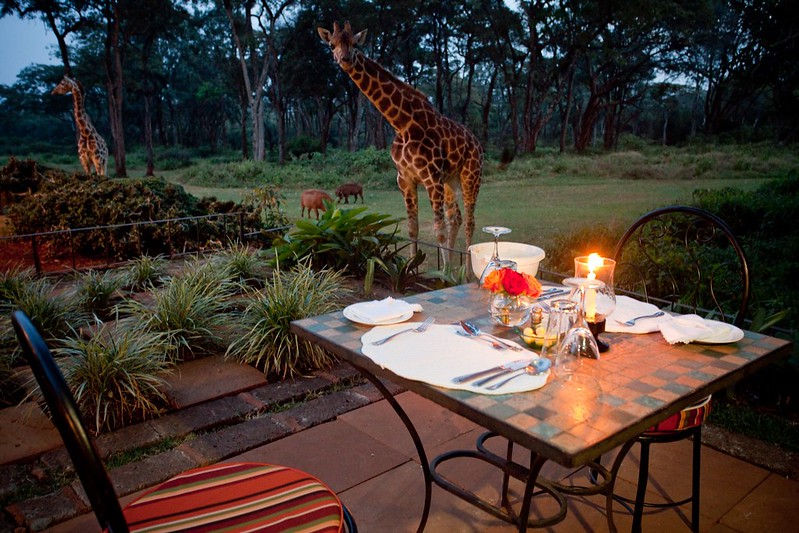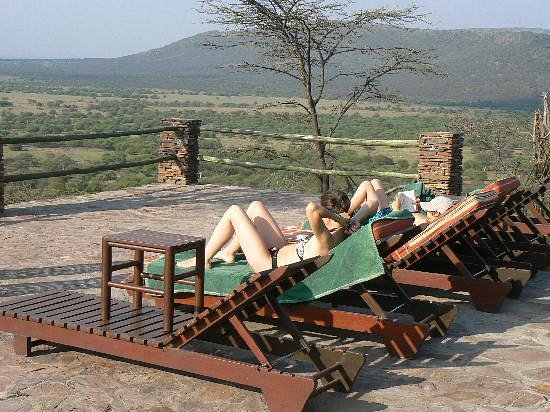 The dry season/months of June, July, August, September and October, is the best time of year to visit Tanzania for a safari, because wildlife viewing is usually at its peak. Additionally, this is the ideal time of year to visit Serengeti National Park. January & February are the best months to witness the calving of wildebeest. However, while the Northern circuit parks are open all year, the Southern and Western ones are at their most enjoyable during the Dry season, which runs from June to October.
The dry season/months of June, July, August, September and October, is the best time of year to visit Tanzania for a safari, because wildlife viewing is usually at its peak. Additionally, this is the ideal time of year to visit Serengeti National Park. January & February are the best months to witness the calving of wildebeest. However, while the Northern circuit parks are open all year, the Southern and Western ones are at their most enjoyable during the Dry season, which runs from June to October.
Although January and February are typically thought of as the best months to travel to Tanzania, June, July, and August is actually the best time of the year to go on a Tanzania safari. These months coincide with Tanzania’s longest dry season and the Great Migration, which is an important animal event that happens once every year. Mara River and Selous Game Reserve are popular destinations during the dry season because animals congregate around waterholes.
Luxury safaris in Tanzania are possible at any time of year, but many consider July, August, and September to be the best time months of the Year for a Tanzania safari. You could be lucky enough to witness the Great Migration—herds of wildebeest and zebra making the perilous journey across the river—during the summer, when it’s dry and a little cooler.
Though at the safari experts at Aloyo Safaris Recommend January and February as the best months to visit Tanzania. Great weather and calving season make this a surefire opportunity to spot the Migration Hordes.
 The dry season/months of June, July, August, September and October, is the best time of year to visit Tanzania for a safari, because wildlife viewing is usually at its peak. Additionally, this is the ideal time of year to visit Serengeti National Park. January & February are the best months to witness the calving of wildebeest. However, while the Northern circuit parks are open all year, the Southern and Western ones are at their most enjoyable during the Dry season, which runs from June to October.
The dry season/months of June, July, August, September and October, is the best time of year to visit Tanzania for a safari, because wildlife viewing is usually at its peak. Additionally, this is the ideal time of year to visit Serengeti National Park. January & February are the best months to witness the calving of wildebeest. However, while the Northern circuit parks are open all year, the Southern and Western ones are at their most enjoyable during the Dry season, which runs from June to October.